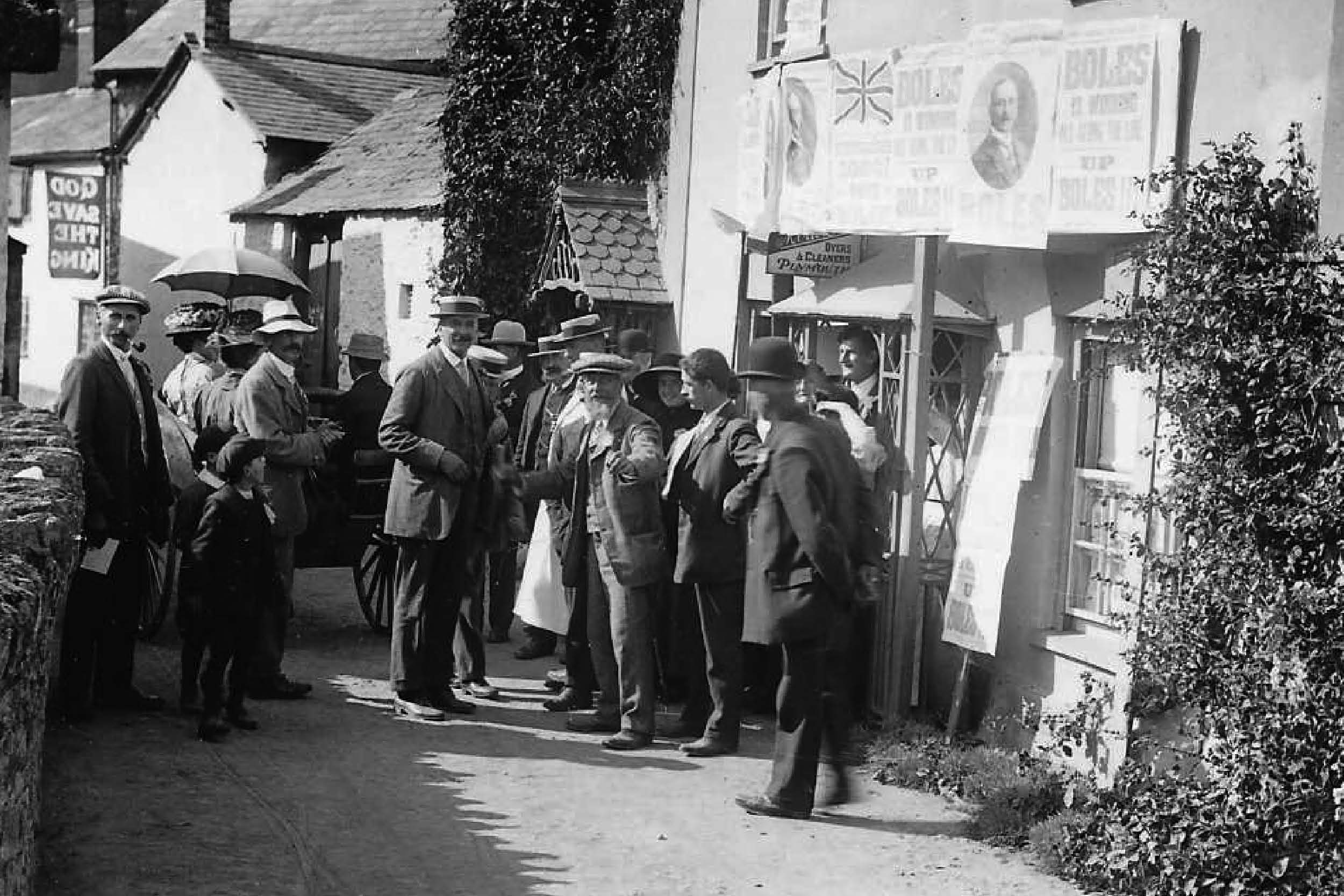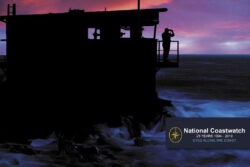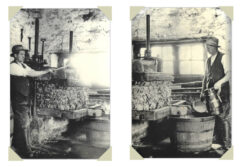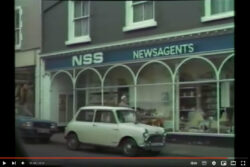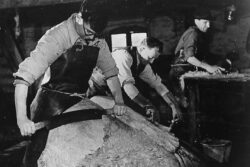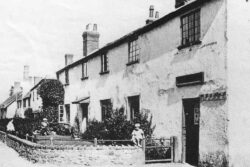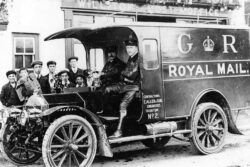Our understanding and appreciation of the way of life in West Somerset in times gone by are largely influenced by the images captured by the early photographers, who recorded everyday life and picturesque scenes. We are fortunate to have had quite a number locally such as James Date of Watchet, who lived at Myrtle House in Swain Street next to the former Town Council Offices.
Three generations of the Hole family who spanned 100 yrs and had studios in Watchet, Minehead and Long Street, Williton, Alfred Vowles and Kingsley Taylor of Minehead and probably the least well-known Daniel Nethercott of Roadwater, a village 3 miles SW of Williton.
The name Nethercott derives from ‘nether’ meaning lower and ‘cot ‘ cottage so a cottage at the lower end of a settlement. But the name is synonymous with Roadwater as Nethercotts owned agricultural land there and established a foundry W. & H. Nethercott and Sons in 1864. They advertised themselves as Brass Founders, railway key and trunnel makers (1914) concrete block makers and English timber suppliers( 1930) whereas their 1940 billheads listed them as agricutural engineers, haulage contractors, lumber merchants and owners of steam threshers.
However that is a far cry from the life led by Daniel Nethercott, born in 1829, who from a very early age would wander along a stream or lay in the grass gazing at the sky dreaming of a different life from the back breaking toil of the 1850’s, this led many to think he was just a ‘good for nought‘. But in some ways he was lucky because his father was a gamekeeper with a secure job so his circumstances were easier than that of most of the boys around, so when the time came for him earn a living he was spared the poverty that bound the children of landless labourers.
He was able to work at his own pace earning half-pences and pennies from running errands in the beautiful valley that stretches from Watchet to the Brendon Hills. He first worked as a stonemason and gradually made enough money to buy a donkey, then a cart so he could set up as a carrier not only in his own village but also in Luxborough and Washford.
Whilst travelling around the remote farms and seeing the isolation of the people he hit upon the idea of a ‘raree show’. He painted a backcloth, rigged it up at the back of his cart and put on shows for a penny a time.
Daniel was always looking for new experiences so when he heard about an incredible new art whereby the likeness of a man ,a building or a tree could be captured by the play of sunlight on prepared glass, he was determined to master this for himself. So with £5 in his pocket he went up to London and strode into a photographer’s in Bond Street.
“How much Sir?” he asked “would it cost to learn to take likenesses”.
“Rather more than you can afford, I expect, young man.”
Whereupon Daniel placed his £5 note on the table. “More’n that?” he asked. The amused photographer replied that they might be able to manage something but then noticed that the note was not one he recognised so said he could not accept it. It happened to have been issued by a local Somerset bank.
Daniel momentarily stunned left the shop wondering what to do. Then he saw a policeman and decided to ask him for help. To his amazement he was answered in a soft West Somerset accent and the officer agreed to return with Daniel to the shop and vouch for the honour of Stuckey and Co. So the photographer took charge of Daniel and in a week taught him the elements of his craft.
Daniel equipped with camera, plates and chemicals returned home and set up in business. He built a studio in the woods near his home,with a few items of furniture and a backcloth.
Over the next 50 years men and women of every calling and condition who lived in rural England came to him; farm labourers, thatchers,quarrymen, parsons, farmers, innkeepers, tailors, smiths, cobblers and countless others, some with their families.
He captured a wonderful photo of a man called John Bond of Roadwater who had a penny-farthing bicycle made by the local blacksmith on which he rode around the villages as a self styled animal doctor -’Dr Bond’ – practising herbal remedies and animal healing which he had been taught by his father. He made his own medicines and it is said that some farmers would even try them out on their womenfolk!
Granny Burnett, a well known figure around Washford with her donkey cart laden with green grocery and wearing her trade mark striped pinafore was also captured by Daniel, making a sale outside the Roadwater Post Office.
Daniel lived a long life becoming patriachal in appearance, and continuing to photograph every aspect of life in the local area– iron ore mining and the mineral line, farming, milling, up until his death in 1918. Whilst he did well for himself so did his brother William who became a prosperous farmer living at Druid’s Combe.
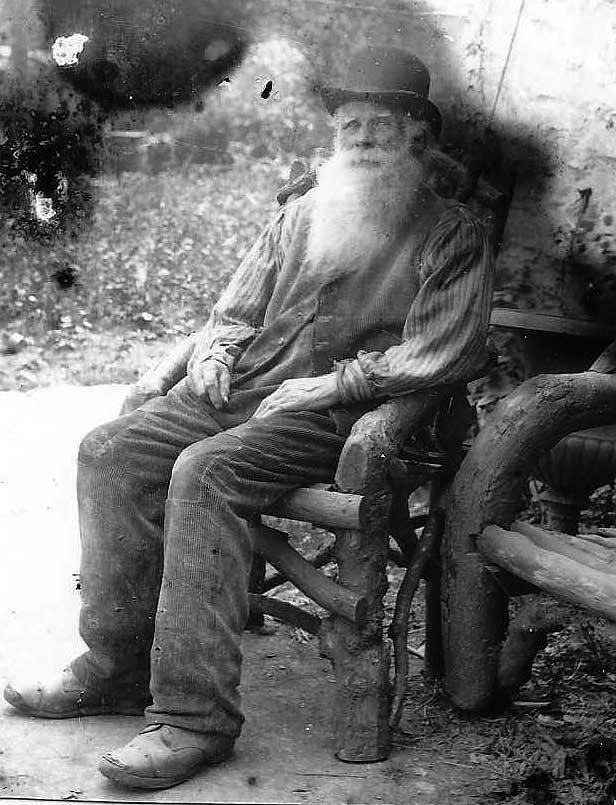
Those photos of the past show people with a dignity that we have lost today. Calmness and strength are evident in their faces. They may have been poverty stricken and oppressed but they knew their place in the world, a place moreover that only they could fill, with a task that their brain and hands alone could carry out. Daniel and others of his art gave these people self respect and status as they would no longer be forgotten and their hard work was recorded for posterity.
They approached the ‘taking of likeness’ with solemnity.
‘Well Annie’ one old man was heard to remark ‘If I do die fus’, thee shall have the likeness, an’ if thee do die, I shall have en.’
How wonderful that must been for people of their station to feel that they too were worthy of being remembered.
Compiled by Sally Bainbridge on behalf of Minehead Conservation Society.
Buy the book! Minehead & Beyond
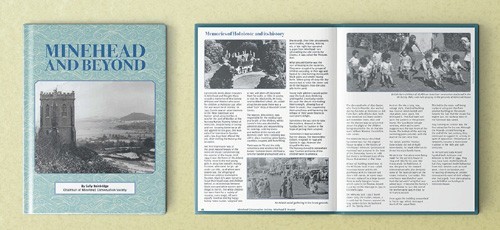
This book is a compilation of articles written for this magazine by Sally Bainbridge on behalf of Minehead Conservation Society. It contains information about the richness of West Somerset’s history; culture; people; heritage; traditions and beautiful and varied landscape. The book costs just Es and all profits go to Minehead Conservation Society.
Available to buy from AR Computing, Park Lane Home Furnishing (in their Park Lane shop), Minehead Tourist Information Centre and Townsend House (Monday am).
Office: Townsend House, Townsend Road, Minehead TA24 5RG (01643 706258) E-mail: [email protected]
